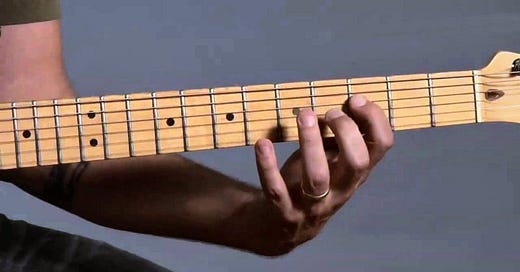The piano and the guitar are both rhythm and melody instruments. In fact, both instruments are "polyphonic", meaning - you can play more than one note at a time in selected intervals to create both chords and melody. Improvisation comes from melody (or vice-versa, depending on your perception). Improvisation comes easily for some, and with considerable …
Keep reading with a 7-day free trial
Subscribe to SoundHole Guitar Lessons to keep reading this post and get 7 days of free access to the full post archives.





